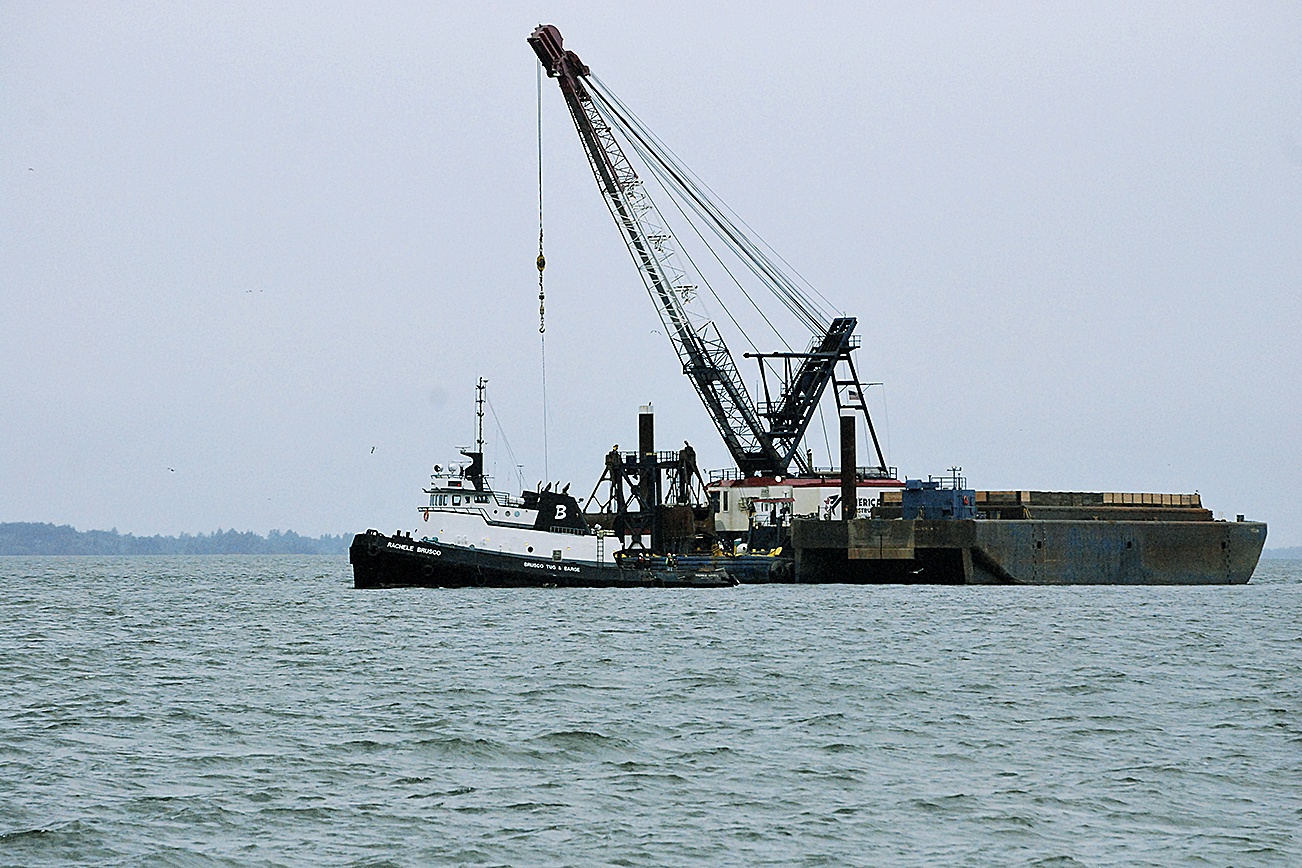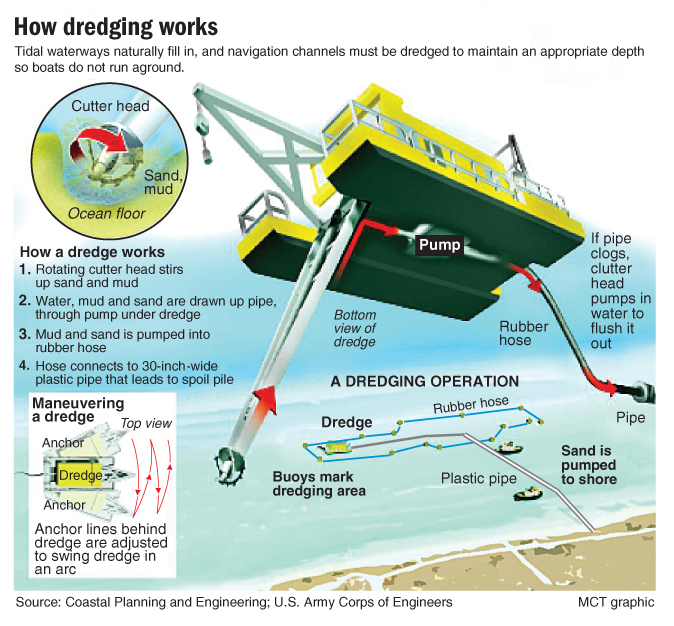

Sediments are unlikely to contain contaminants if they are dredged from areas remote from pollution sources. Any pre-application meetings or interactions with the applicant ideally include further discussion of this aspect.ĭredging may involve both clean and contaminated sediments. Although there is no statutory requirement to submit a SAP, it provides the department and applicant with more certainty early in a dredging project that the proposed sediment sampling design is sound and that any sediment contaminants can be adequately managed.Ī SAP that has been prepared for departmental review and agreement ensures the ensuing SAP implementation report (SAPIR) is based on the best possible methodology and consequently produces a higher level of confidence in the conclusions drawn by an applicant on the suitability of the material for ocean disposal.Īpplications should address matters in the National assessment guidelines for dredging 2009, including consideration of land-based disposal instead of ocean disposal, history of the area to be dredged, details of contaminants, and rationale for the proposed sampling design and proposed disposal site.Ī SAP may not be needed if sediment sampling has been carried out in the previous 5 years and the results are still valid (for example, if the material to be disposed of and the disposal site are the same as before and will remain so for the life of the permit). Sediment sampling and analysis plan (SAP) and SAP implementation reports (pre-application)īefore submitting a permit application for dredging, loading and/or dumping, applicants are encouraged to provide a sediment sampling and analysis plan (SAP). Permit applications should evaluate waste disposal alternatives and waste minimisation procedures, site and impact assessments and management and monitoring programs.

If your action is proposed within the GBRMP, please refer to the Reef Authority’s dredging policy and submit any enquiries or applications through are required to ensure that the impacts of dredged material disposal have been adequately assessed and, if ocean disposal is permitted, that impacts to sensitive marine environments (e.g., coral reefs, fish nursery sites) are managed responsibly and effectively. If you wish to dispose of capital and/or maintenance dredged or excavated material at sea, you will require a sea dumping permit from us, or the Great Barrier Reef Marine Park Authority (the Reef Authority) if the action is proposed within the Great Barrier Reef Marine Park (GBRMP).

The Environment Protection (Sea Dumping) Act 1981 (Sea Dumping Act) regulates the loading and disposal at sea of dredged or excavated material in Australian waters.


 0 kommentar(er)
0 kommentar(er)
